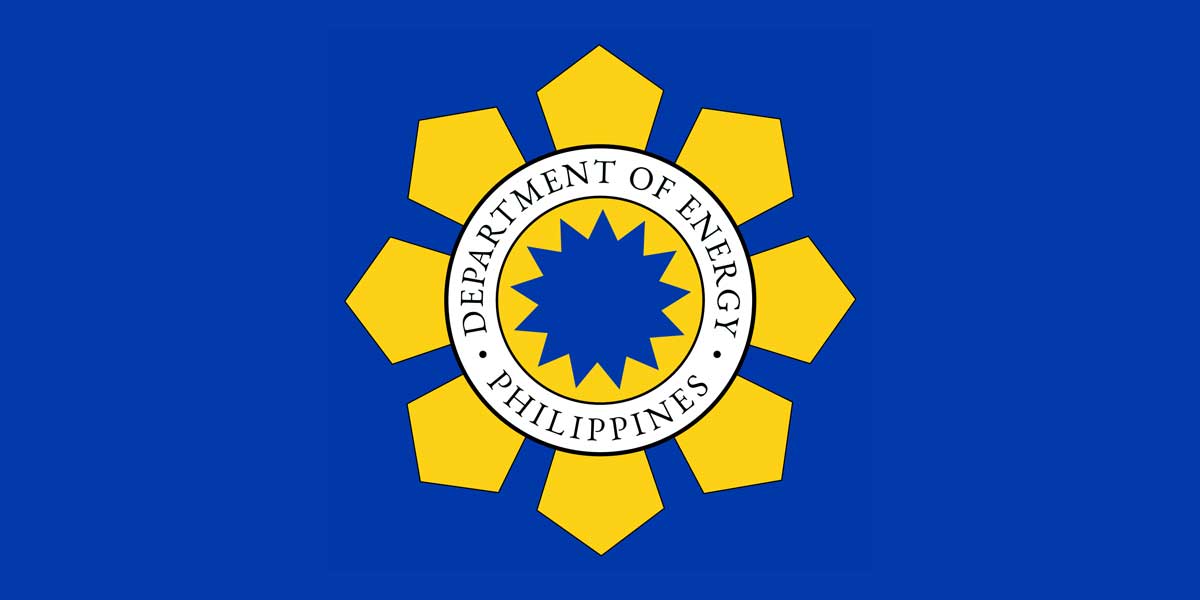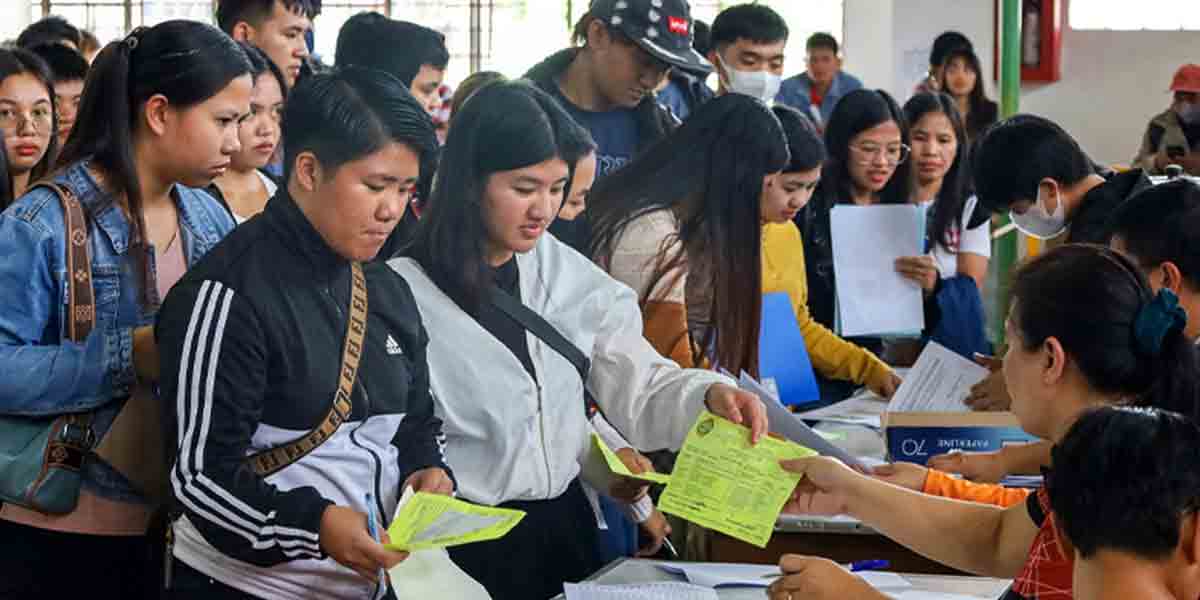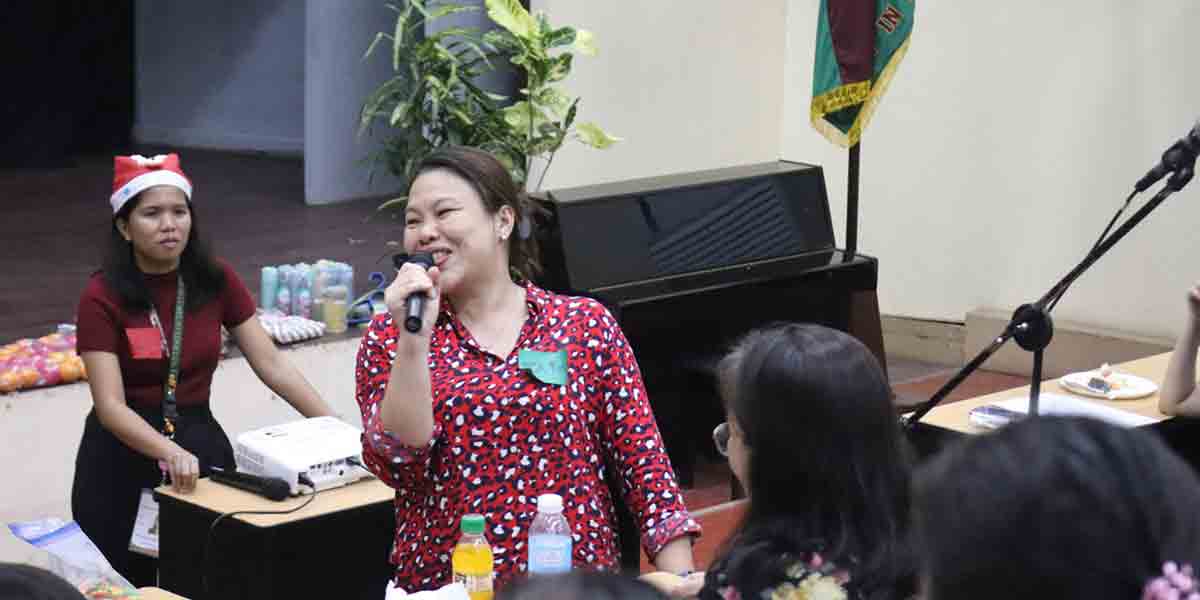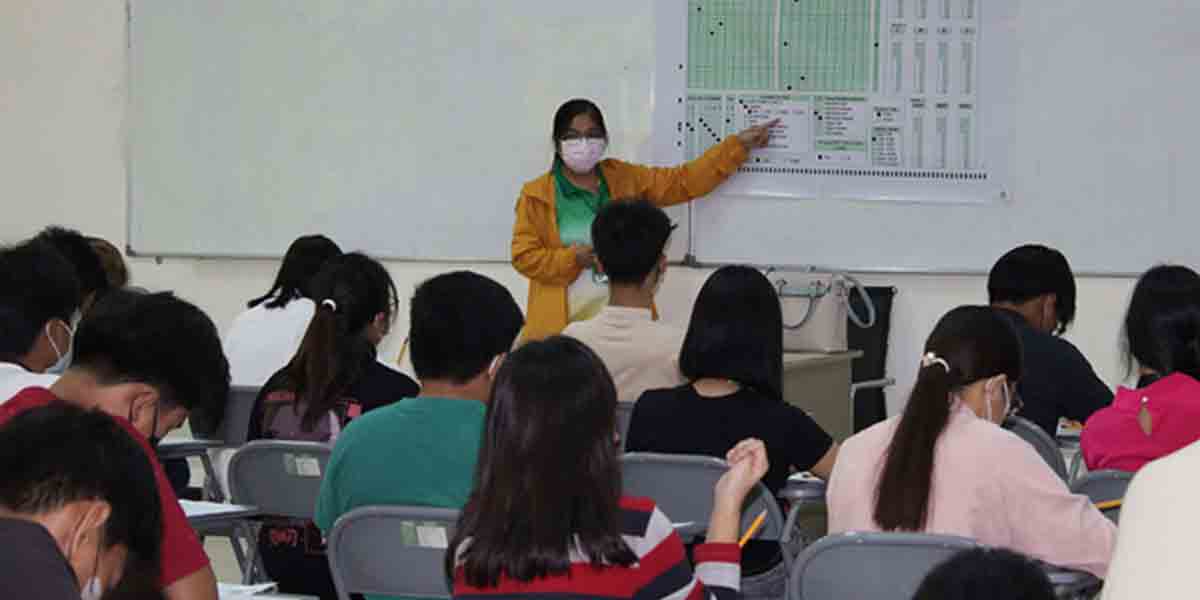By Joshua Corcuera
In prior columns, I consistently wrote about the importance of fighting fake news and disinformation—especially in the age of the internet where everything spreads like wildfire. Likewise, I gave specific examples in past articles of prevailing fake news in social media, with some gaining a huge following despite being too absurd. For example: the Earth is flat. Videos about this topic reach millions and it is safe to say that there are at least tens of thousands of solid supporters of such preposterous claims.
But no one was born as a believer of a flat Earth. They were products of layers of miseducation—something that can be addressed by educating how to discern whether information is true or false, or whether a news source is reliable or doubtful.
For this column, I accumulated and listed some easy ways on how to prevent falling prey to disinformation. Before that, however, it is important to note that fake news can fall into two broad categories: (1) deliberately inaccurate stories which are published usually to manipulate public opinion, and (2) stories that contain some truths but are broadly inaccurate which may be due to the negligence of the writer of the story. Additionally, disinformation and misinformation are not the same thing. The basic difference is that disinformation pertains to fake or misleading stories intentionally shared, while misinformation refers to fake or misleading stories that may be shared unintentionally. Moving on, here are the ways one can identify information as misleading or inaccurate:
First, check the source. Obviously, where you get your information is very important. Make sure your news comes from legitimate news websites; fake news sites usually contain spelling errors in their links as well. In social media, authentic news sites are usually verified by social media sites.
Second, check the author. Who wrote the article you are reading? Are they real people? Did they finish a degree related to journalism or communication? Are you certain that such a writer exercises the principle of objectivity or maybe that writer has a particular agenda?
Third, check other sources. Do not rely on a single source. If you heard, read, or saw something, make sure you double check its authenticity by searching similar news on other reliable sources. If what you read was not reported by any other source, be skeptical about its authenticity.
Fourth, maintain a critical mindset. Fake news can be written to provoke strong emotions; avoid this as much as you can. Some disinformation campaigns try to advance a certain agenda and try to install fear and anger among readers. By thinking critically and not being emotional, you can think properly whether the information is truthful or otherwise.
Lastly, check the authenticity of images and videos. Through social media, we can see images and videos—and edit them. With the advances of technology, video editing has become way easier, and it is possible for those who seek to destroy someone or something to spread fake images and fake videos about them. Always be careful when viewing such information. Also, some images may be accurate but are used in a misleading context. Tools such as Google’s Reverse Image Search can help detect the origin of an image and whether or not it has been edited.
Altogether, there are many ways to avoid falling prey to fake news. Thanks to social media, we can search for reliable facts through our fingers. In the age of information, ignorance is a choice.





















